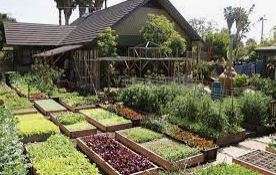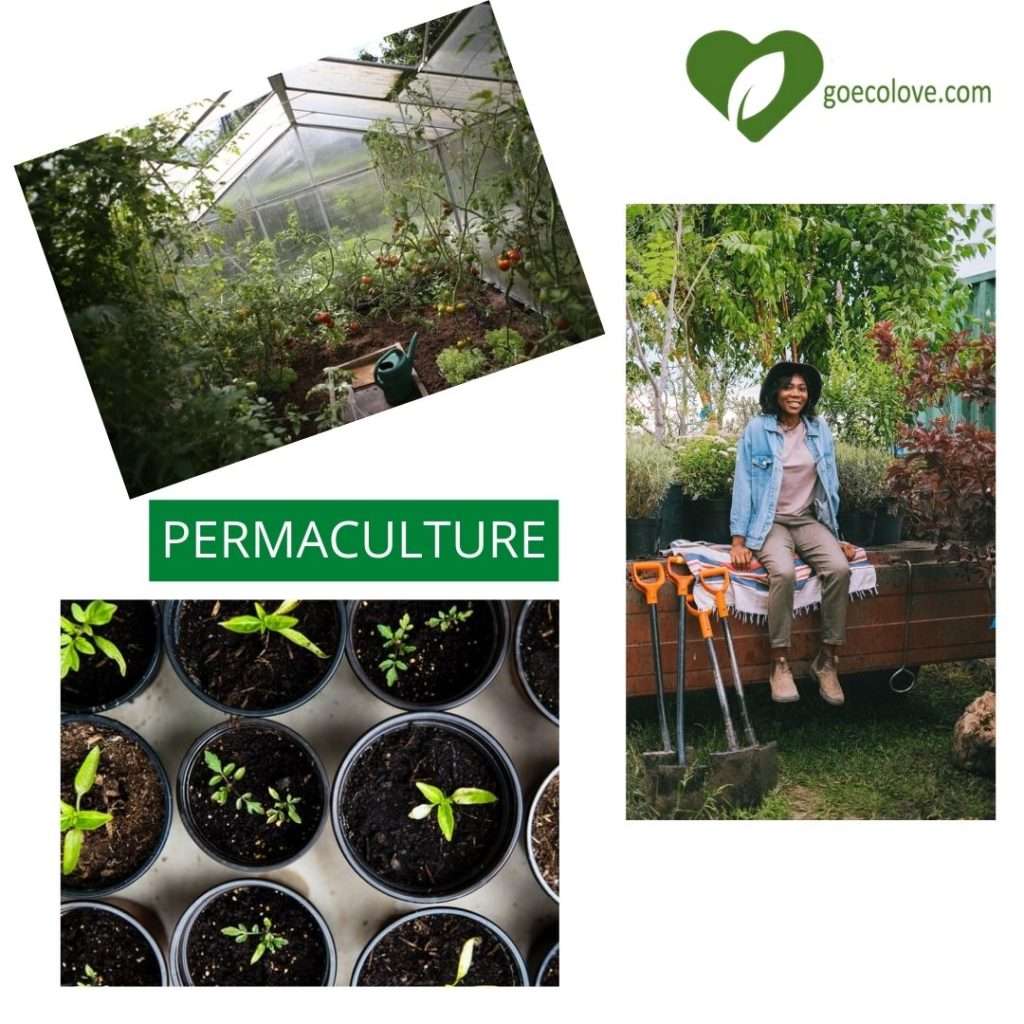Have you ever wondered what Permaculture is? It is another way of saying permanent agriculture. In fact, permaculture’s original terminology was “permanent agriculture”. It later evolved into “permanent culture” to encompass all social aspects. Permaculture now includes multiple ecological designs: engineering, environmental, and construction.
It also includes integrated water resource management in order to develop sustainable architecture, and regenerative and self-maintained habitats and agricultural systems. The interesting thing about permaculture is that these are modeled straight from nature and natural ecosystems and based upon community resilience.
Introduction
I come from an area rich in farming so permaculture and agricultural resource management are very important for me. I knew a lot about agriculture just because it is part of my surroundings. However, permaculture itself was new to me. It was introduced at a sustainable lecture I had at university.
I understood it as a basic survival process using the powers of observation, ambient energy and water, combining as many resources as possible from local sources. I found the aspect of it being an efficient, collaborative and innovative method towards sustainability and nature, very practical. By thinking carefully about the way you use resources – food, energy, shelter and other material and non-material needs, it highlights the fact “get more out of life by using less”.
Permaculture can be used by anyone, anywhere which is more practical than anyone can ask for! It is a harmonized manner of cooperating with nature and caring for the earth and its people. Rosemary Marrow, a permaculture pioneer says: “Permaculture has, in many people’s minds, come to represent a sustainable, organic, home vegetable garden.”

The fundamentals of permaculture:
- Earth care
- People care
- Fair share: Setting limits to its population.
Permaculture is not exclusive – it can be used by anyone, anywhere:
- City flats, yards and window boxes
- Suburban and country houses/garden
- Allotments and smallholdings
- Community spaces
- Farms and estates
- Conservation areas
- Commercial and industrial premises
- Educational establishments
- Waste ground
Why Use Permaculture?
Permaculture gardens have a variety of uses. Permaculture gardens welcome wildlife and are often used as quiet sanctuaries for meditating and/or exercise. These gardens provide colour, beauty, food and medicinal crops. These can also be a private sanctuary for relaxation.
Permaculture types of gardens produce food by using a variety of vegetables, herbs, fruits, and flowers.
Flowers are not only grown for their edible or medicinal properties but also to be used as cut flowers for beautiful bouquets or dried out for longer-lasting displays, and for crafts.
Here are 6 Benefits

6 advantages of permaculture for the home gardener
- Protecting the planet’s resources.
- Less work and energy required.
- Promoting biodiversity and preserving wildlife.
- Organic produce.
- Boosting health.
- Saving space.
How to do it?
Have a look at this article. We found it very informative. https://gardeningelsa.com/permaculture-gardening-for-beginners/
In my garden we compost regularly and use the compost back onto our lawns. I live in the UK and my family got a subsidized compost bin through our local council. Why don’t you call your local council and make the move towards making little changes in your lifestyle.

